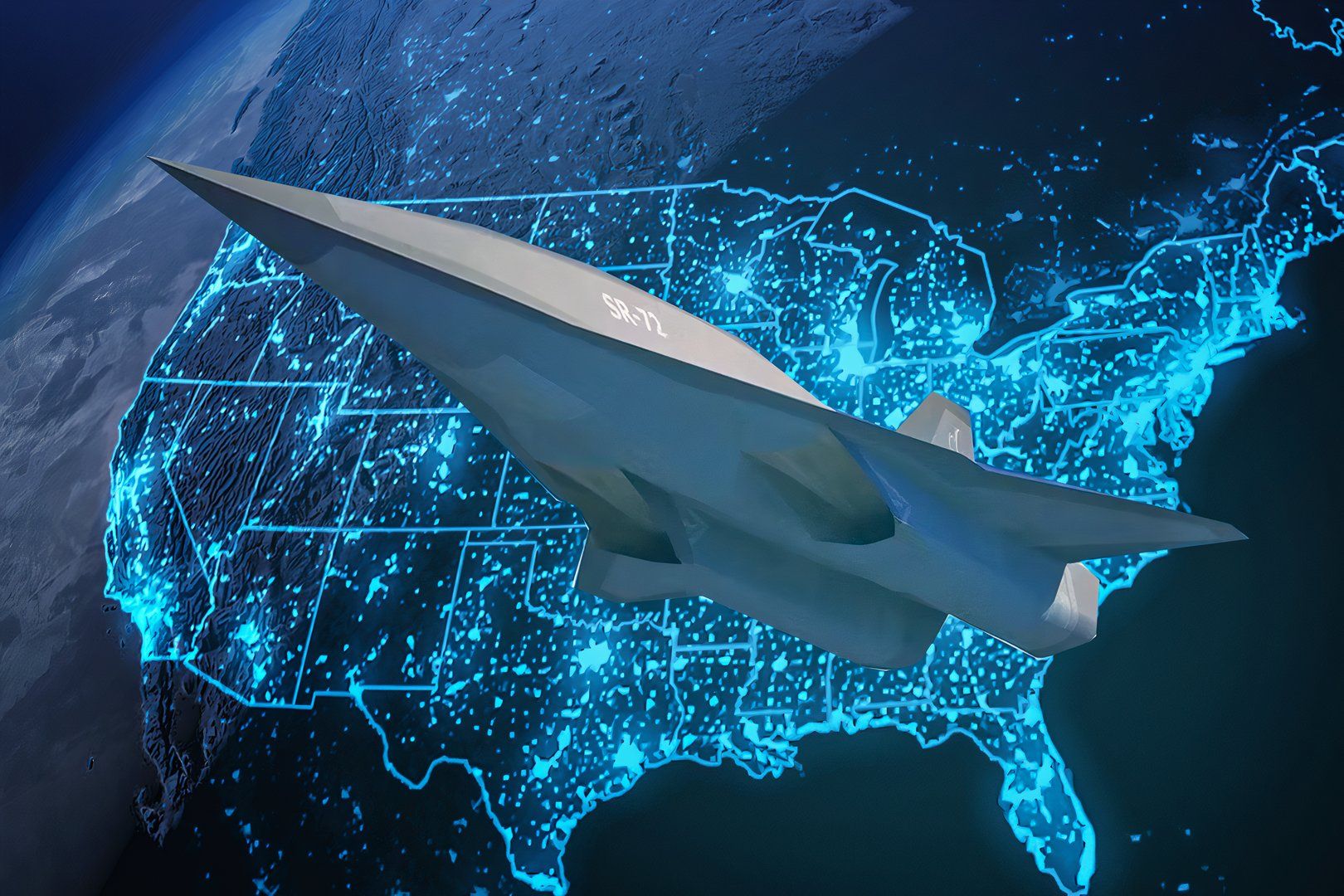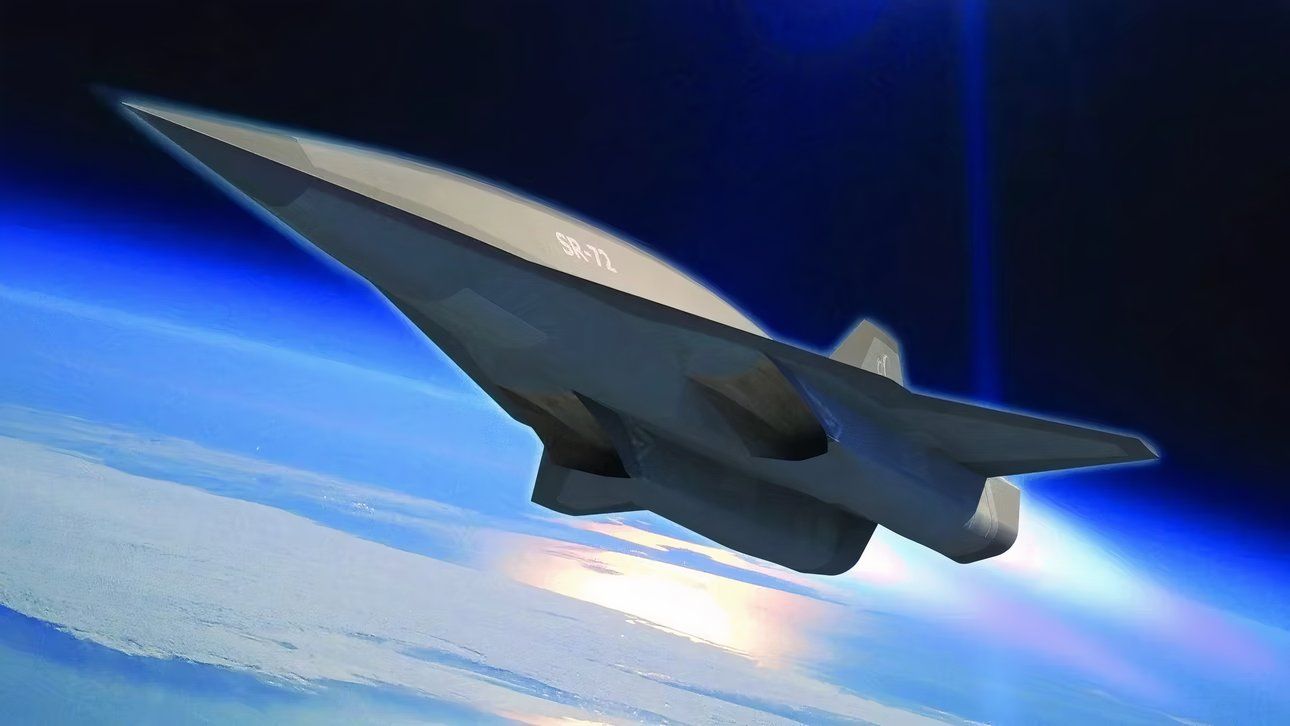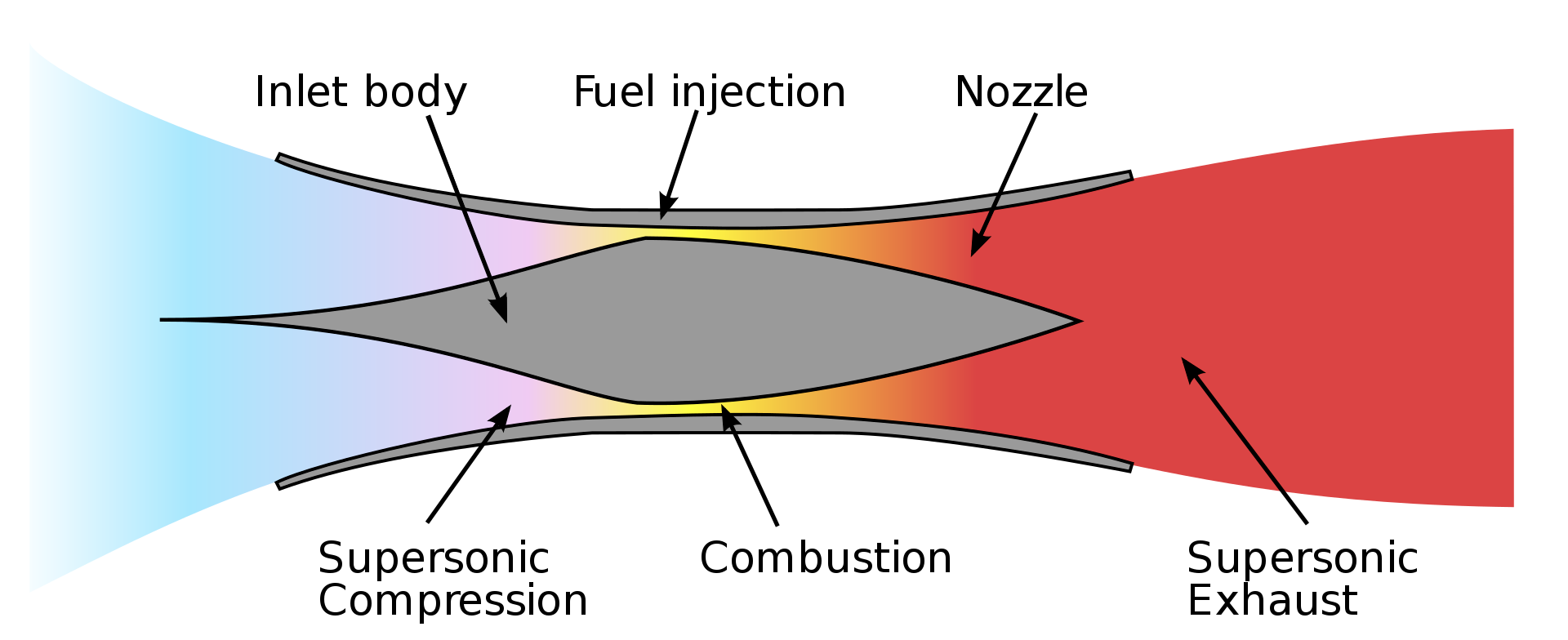Summary
- Evidence points to the SR-72 nearing production.
- Budget shortages pose uncertainty in Air Force acquisition.
- Lockheed’s SR-72 project transitioned from secret to open status and back to secret.
Evidence is mounting that the Lockheed Martin SR-72 (aka the “Son of Blackbird”) may be in production and nearing its entry into service. The United States has famously developed and produced spy planes in secret (like the F-117 Nighthawk). The Air Force is known to operate (or have in development) a number of secret or semi-secret stealth spy drones. There has been speculation in the media that the Air Force may have a spy plane that is keeping secret (there could easily be more than one secret platform).
The SR-72 “Darkstar” may be nearing production
Sandoxx News has gathered a pile of evidence (some circumstantial) and noted an increasing paper trail that suggests the SR-72 may be moving towards service in the not-too-distant future. The legendary Lockheed SR-71, which flew at speeds of Mach 3+, was an icon of the Cold War. It was retired in 1998, and work on the SR-72 replacement did not start until 2006.
Photo: Mike Mareen | Shutterstock
According to the Sandboxx publication, the SR-72 is “facing compounding budgetary shortfalls, which could further complicate matters for the Air Force...” So, it is still unclear whether the Air Force will purchase it.
Aviation Week reported, “The biggest secret in Lockheed Martin’s Aeronautics division made news again last week. A classified contract that involves a ‘highly complex design and systems integration’ project fell $45 million deeper into red ink in the second quarter, bringing the company’s total losses on the program to $335 million since 2022…”
These same filings also stated that the losses may continue to accrue as the company faces “advanced procurement costs” going forward. These are described by Aviation Week as “pre-contract investments” and suggest Lockheed’s secretive Skunk Works is continuing to self-fund the project without the Pentagon fully committing.
From secret to open and back to secret
Lockheed Martin has long been known to be working on an unmanned (or optionally manned) hypersonic ISR UAV as the successor of the Blackbird. The SR-72’s development started in 2006 and was secret for seven years. Lockheed later formally went public with it in 2013, but then the project lapsed back into secrecy in 2018.
“We’ve been saying hypersonics [are] two years away for the last 20 years, but all I can say is the technology is mature and we, along with DARPA and the services, are working hard to get that capability into the hands of our warfighters as soon as possible,” Lockheed Martin executive vice president and Skunk Works general manager in 2017
Photo: Lockheed Martin
Before the program went dark, Lockheed stated it was to be hypersonic and fly at speeds of Mach 6+. For reference, the fastest manned aircraft ever flown was the X-15 rocket plane, which reached Mach 6.72 in the 1960s. In 2018, Lockheed said the SR-72 test vehicle could fly by 2025 and enter service in the 2030s.
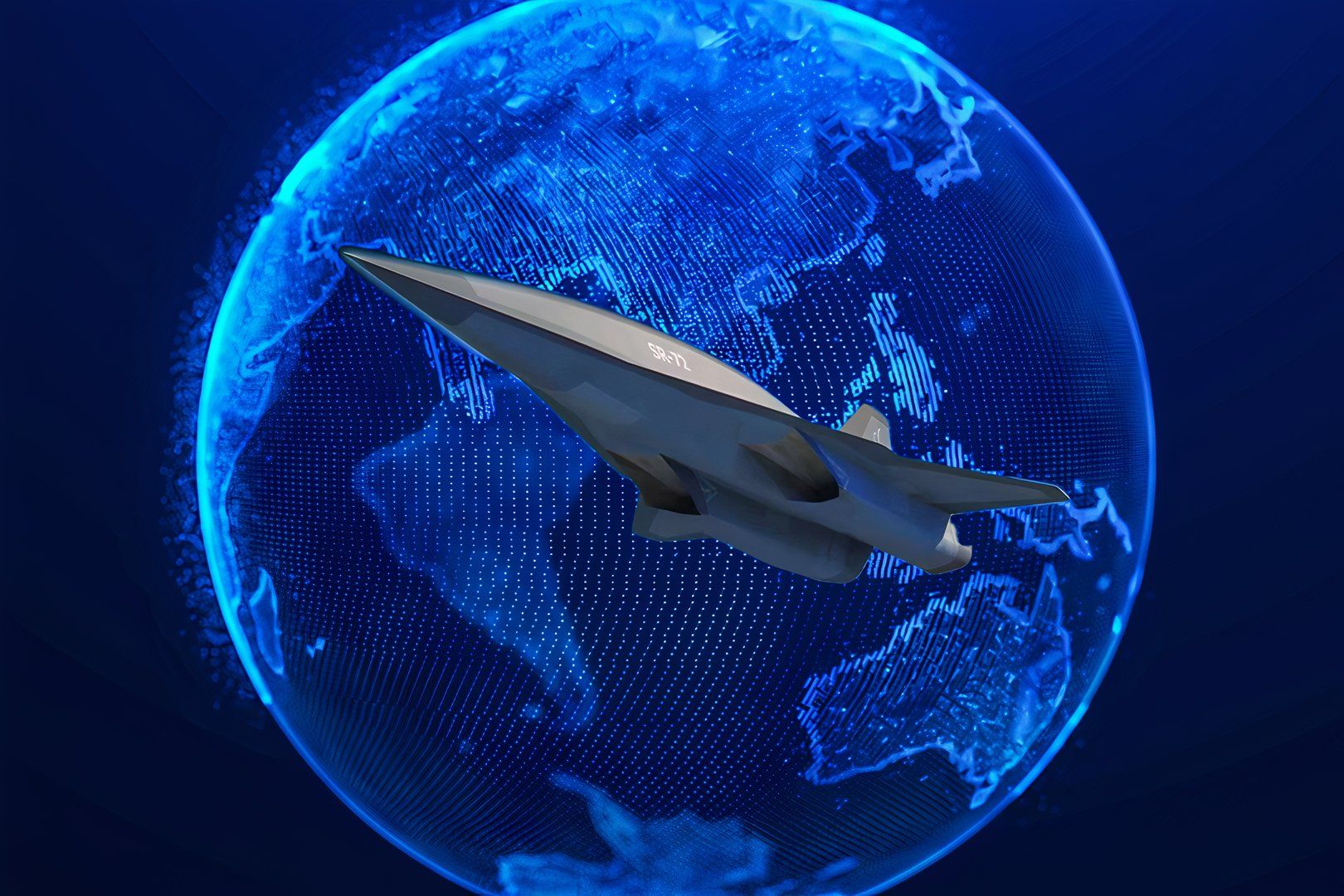
Related
How Does The US SR-72 Darkstar Fit Into The Future Of Military UAVs?
The Lockheed Martin SR-72 is a hypersonic UAV expected to enter service in 2023.
What is known of the Lockheed SR-72
The SR-72 is said to be a hypersonic ISR spy UAV and a strike aircraft. Its high altitude and hypersonic speed mean it has a minimal chance of being intercepted while allowing it to engage targets on extremely short timelines. The aircraft is supposed to be able to carry a range of payloads, including munitions, to engage high-value ground targets.
In 2013, several interviews were conducted with Lockheed Martin’s hypersonics program manager and engineer Brad Leland (who had led the project for the previous seven years). Leland suggested that the SR-72 would be able to launch hypersonic missiles (incidentally, the US Air Force is currently testing hypersonic missiles on Australian Super Hornets). That said, Sandboxx states that it would be more likely that the SR-72 would deploy lower-cost munitions.
“Hypersonic aircraft, coupled with hypersonic missiles, could penetrate denied airspace and strike at nearly any location across a continent in less than an hour. Speed is the next aviation advancement to counter emerging threats in the next several decades. The technology would be a game-changer in theater, similar to how stealth is changing the battlespace today.” – Brad Leland (quoted in Lockheed press release now taken down)
Photo: Lockheed Martin
The world has entered a new period of Great Power Competition, and countries are racing to develop hypersonic missiles. Russia has used the first hypersonic missiles in Ukraine (although they might not be as “hypersonic” as advertised and have been shot down by Ukraine’s Patriot SAMs). The US Air Force is investing heavily in developing the subsonic but stealthy B-21 Raider, but the hypersonic SR-72 would add a very different capability.
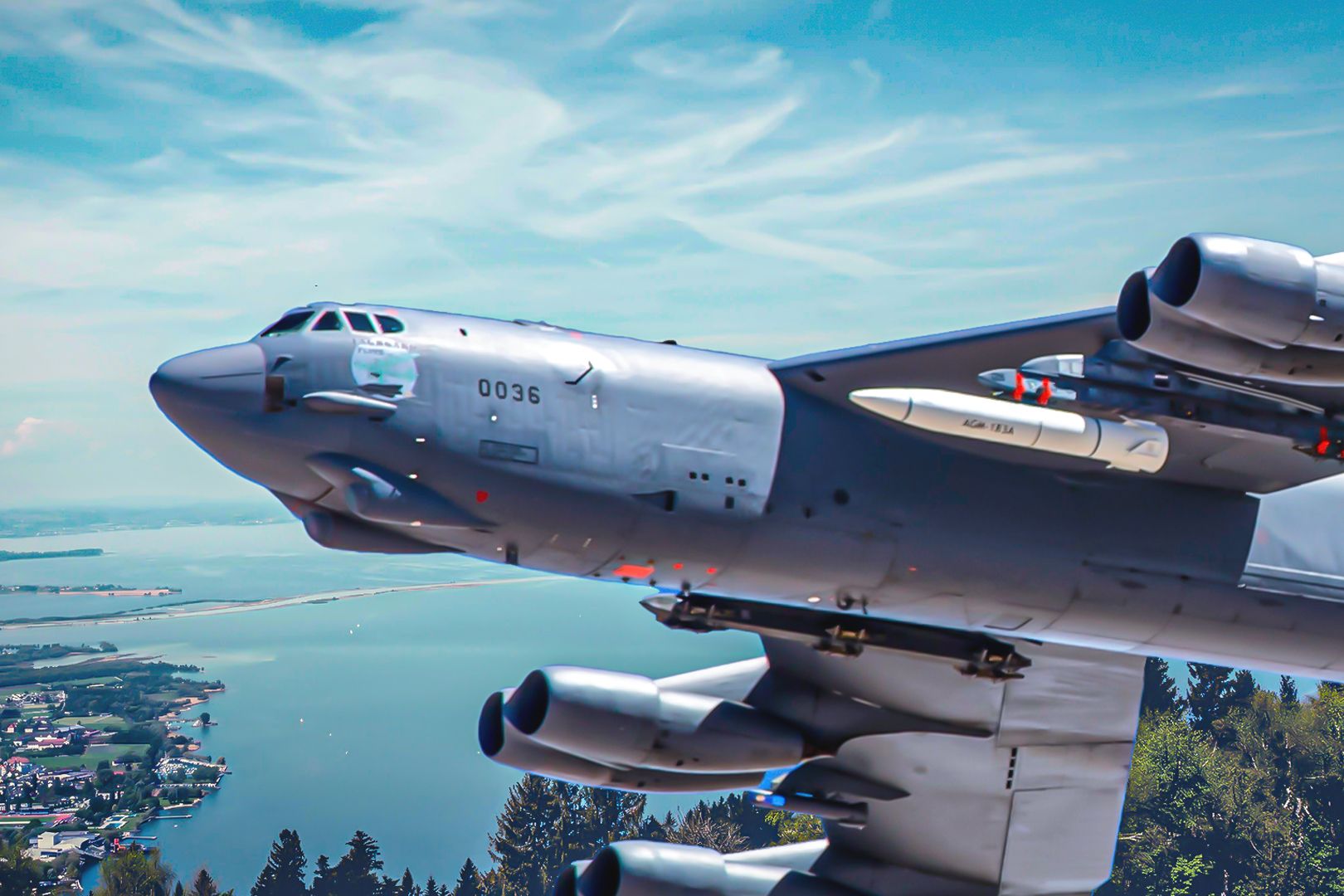
Related
5 Countries That Are Developing Hypersonic Missiles
While not all hypersonic missiles are created equally, many countries are racing to develop and field them around the world.
Possibly powered by Ramjet
Leland described the engine as a never-before-seen type that would be essentially two or even three types of jet engines in one. The base engine could be the Pratt & Whitney F100 or the General Electric F110, but as the aircraft approachs Mach 3, the second half of the engine would take over.
This second half of the engine is repordly to be a dual-mode ramjet (also known as dual-mode scramjet). Ramjet engines are a type of airbreathing jet engine that operates on the principle of compressing incoming air without the need for rotating parts. These jet engines only work at supersonic speeds and are suitable for supersonic and hypersonic flight.
Sandboxx remarks “As a result, this engine design could propel an aircraft well past the SR-71’s record-setting top speed of Mach 3.2, past the notional hypersonic barrier at Mach 5, and potentially even past Top Gun’s fictional Darkstar (which was notably built in partnership with Skunk Works) at Mach 10.”



